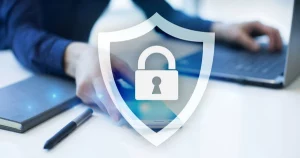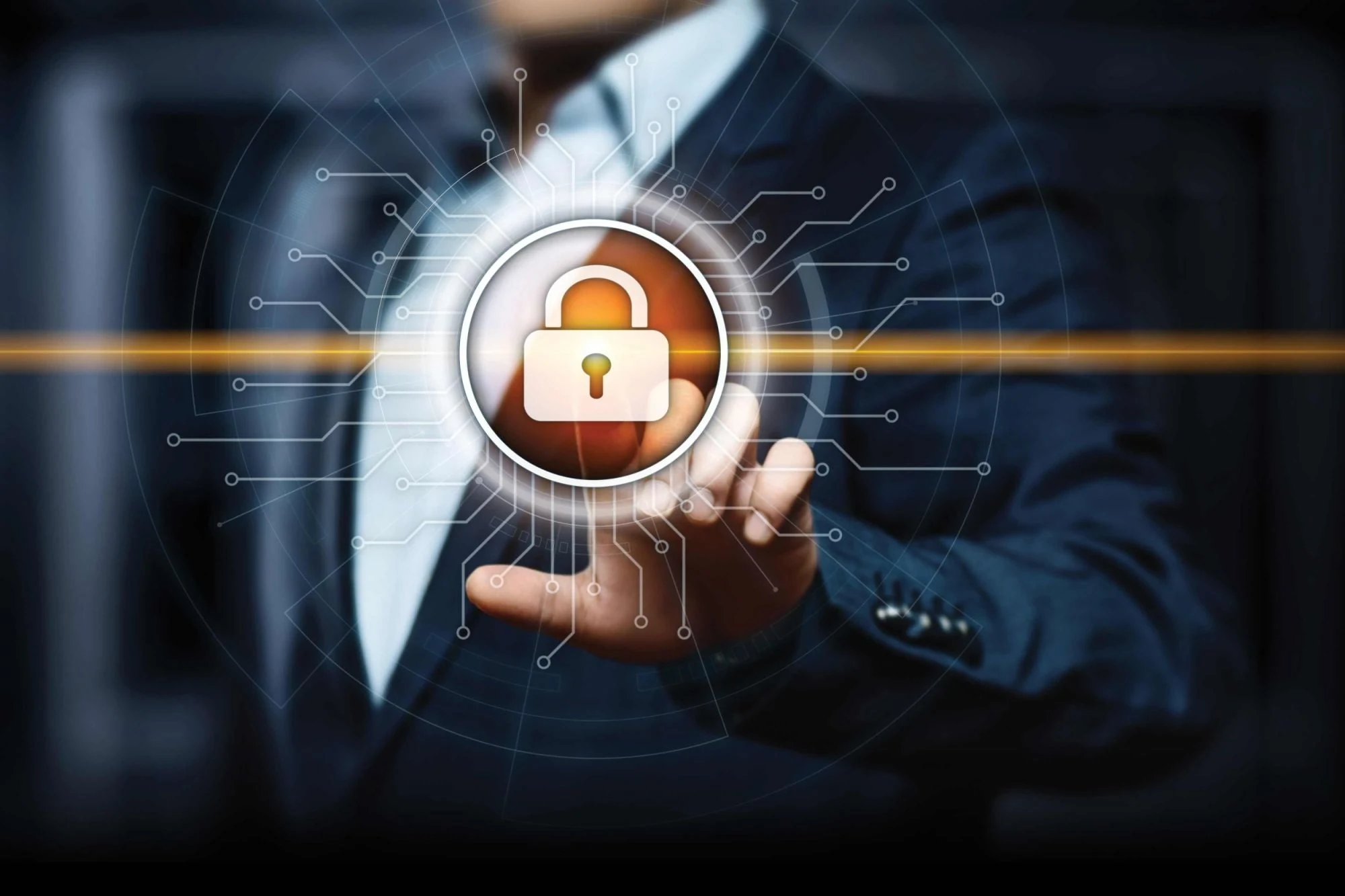In the current age of increasing cyber threats, safeguarding our digital assets from malware has become essential. This article explores the realm of effective malware protection, providing individuals and organizations with the knowledge and practices they need to secure their digital environments.
By understanding different types of malware, recognizing signs of infection, and implementing robust preventive measures, readers will gain insight into strengthening their defenses and enjoying a safer online experience.
Stay informed and protect your digital world with this comprehensive guide to malware protection.
Key Takeaways
- Malware protection is crucial for preventing harm and exploitation of computer systems and networks.
- Common types of malware threats include viruses, trojans, ransomware, and spyware.
- Recognizing signs and symptoms of malware infections, such as sluggishness, pop-up ads, and frequent crashes, is important for taking immediate action.
- Best practices for preventing malware attacks include regularly updating software, practicing safe browsing habits, using strong passwords, and exercising caution with email attachments and downloads.
The Importance of Malware Protection
When it comes to safeguarding your digital world, understanding the importance to learn about malware protection is essential.
Malware, short for malicious software, refers to any software designed to harm or exploit computer systems and networks. It includes viruses, worms, Trojans, ransomware, and spyware.
The consequences of a malware infection can be devastating, ranging from data theft and financial loss to system crashes and compromised privacy.
Malware can infiltrate your devices through various means, such as malicious email attachments, infected websites, or even software downloads.
Therefore, having robust malware protection is crucial to prevent these threats from infiltrating your digital ecosystem. Effective malware protection solutions use advanced algorithms and scanning techniques to detect and neutralize malware before it can cause harm.
Regular updates and patches ensure that your protection remains up to date and capable of defending against the latest threats.
Common Types of Malware Threats
There are several common types of malware threats that can pose a significant risk to your digital security. To protect yourself and your data, it is important to be familiar with these types of threats:
- Viruses: These are malicious programs that can replicate and spread from one computer to another, often causing damage to files and systems.
- Trojans: Named after the famous Greek mythological horse, trojans are disguised as legitimate software but actually contain malicious code. They can give attackers unauthorized access to your system, allowing them to steal sensitive information or control your computer.
- Ransomware: This type of malware encrypts your files and demands a ransom payment in exchange for their release. Falling victim to ransomware can result in the loss of valuable data or the compromise of personal information.
- Spyware: As the name suggests, spyware is designed to secretly monitor and collect information about your online activities. It can track keystrokes, capture passwords, and steal sensitive data without your knowledge.
Signs and Symptoms of Malware Infections
One indication of a malware infection is the sudden sluggishness of your computer. If you notice that your device is taking longer to boot up, open applications, or perform tasks, it may be a sign that malware has infiltrated your system. Malware often consumes a significant amount of system resources, causing your computer to slow down.
Another symptom of a malware infection is the appearance of pop-up ads or unexpected browser redirects. These can be annoying and disruptive, and they often indicate that your device has been compromised.
Additionally, frequent crashes, freezes, or error messages can also be signs of malware. If you experience any of these symptoms, it is important to take immediate action to remove the malware and protect your digital world.
Best Practices for Preventing Malware Attacks
To effectively protect your digital world from malware attacks, it is essential to implement best practices. Here are four key measures you can take to safeguard your devices and data:
- Keep your software up to date: Regularly update your operating system, applications, and antivirus software to ensure you have the latest security patches and protection against emerging threats.
- Practice safe browsing habits: Be cautious when clicking on links or downloading files from unfamiliar websites or suspicious emails. Use secure and reputable websites, and enable browser extensions that block malicious content.
- Use strong and unique passwords: Create complex passwords that are difficult to guess and avoid reusing them across different accounts. Consider using a password manager to securely store and manage your passwords.
- Be vigilant with email attachments and downloads: Exercise caution when opening email attachments or downloading files from the internet. Scan them with antivirus software before opening or executing them to avoid potential malware infections.
By following these best practices, you can significantly reduce the risk of malware attacks and protect your digital world.
Stay informed, stay vigilant, and stay secure.

Effective Malware Protection Strategies
Implementing effective malware protection strategies is crucial for safeguarding your digital world against cyber threats. With the ever-evolving nature of malware, it is essential to stay updated and proactive in your defense.
One effective strategy is to regularly update your antivirus software. New malware variants are constantly being developed, and antivirus updates often include new virus definitions to detect and remove them.
Additionally, utilizing a firewall can help prevent unauthorized access to your network and block malicious traffic.
It is also important to exercise caution when downloading files or clicking on links, as these can be potential sources of malware.
Regularly backing up your data is another crucial strategy, as it ensures that you can recover your files in the event of a malware attack.
Frequently Asked Questions
How Can I Tell if My Computer Is Infected With Malware?
If you suspect that your computer is infected with malware, there are several signs to watch out for. These include:
- Slow performance
- Frequent crashes or freezes
- Unusual pop-up ads
- Unauthorized changes to your system settings
- Unexplained data loss
Additionally, if your antivirus software detects and alerts you to the presence of malware, it is a clear indication of an infection.
Regularly scanning your computer with reputable antivirus software and keeping it up to date can help detect and remove malware.
What Are the Potential Consequences of a Malware Infection?
Potential consequences of a malware infection can be severe and far-reaching.
Malware can compromise the security of sensitive data, leading to financial loss, identity theft, or unauthorized access to personal information.
It can also disrupt normal computer functions, leading to system crashes, slow performance, and loss of productivity.
Additionally, malware can be used to gain control over a computer and use it for malicious activities such as launching cyber attacks or distributing spam.
Effective malware protection is crucial to mitigate these risks and safeguard digital assets.
Can Malware Affect Mobile Devices and Smartphones?
Yes, malware can indeed affect mobile devices and smartphones. With the increasing dependency on mobile devices for various tasks, they have become attractive targets for cybercriminals.
Malware can be delivered through malicious apps, phishing emails, or even compromised websites. Once installed, it can steal sensitive data, hijack the device, or disrupt its normal functioning.
Therefore, it is crucial for mobile device users to employ effective malware protection measures to safeguard their digital world and prevent any potential consequences of a malware infection.
Is It Possible to Recover Data After a Malware Attack?
Yes, it is possible to recover data after a malware attack. However, the success of data recovery depends on various factors such as the severity of the malware attack, the type of malware involved, and the effectiveness of the backup and recovery measures in place.
It is recommended to have regular backups of important data and to seek professional assistance from cybersecurity experts who can assess the extent of the damage and provide appropriate recovery solutions.
What Should I Do if I Suspect My Email Account Has Been Compromised by Malware?
If you suspect that your email account has been compromised by malware, it is important to take immediate action to protect your information and prevent further damage.
First, change your email account password to a strong and unique one.
Next, scan your device for malware using a reputable antivirus software.
Be cautious of any suspicious emails or attachments and avoid clicking on unknown links.
Lastly, consider enabling two-factor authentication for an added layer of security.
Conclusion
In conclusion, understanding the importance of malware protection and implementing effective strategies is vital in securing our digital environments.
By staying informed about different types of malware threats and recognizing the signs of infection, individuals and organizations can take proactive measures to prevent attacks.
Regular software updates, strong passwords, and reputable antivirus software are essential components of a robust defense against malware.
By following best practices and staying vigilant, we can safeguard our devices and personal information, ensuring a safer online experience.
You May Also Like:



